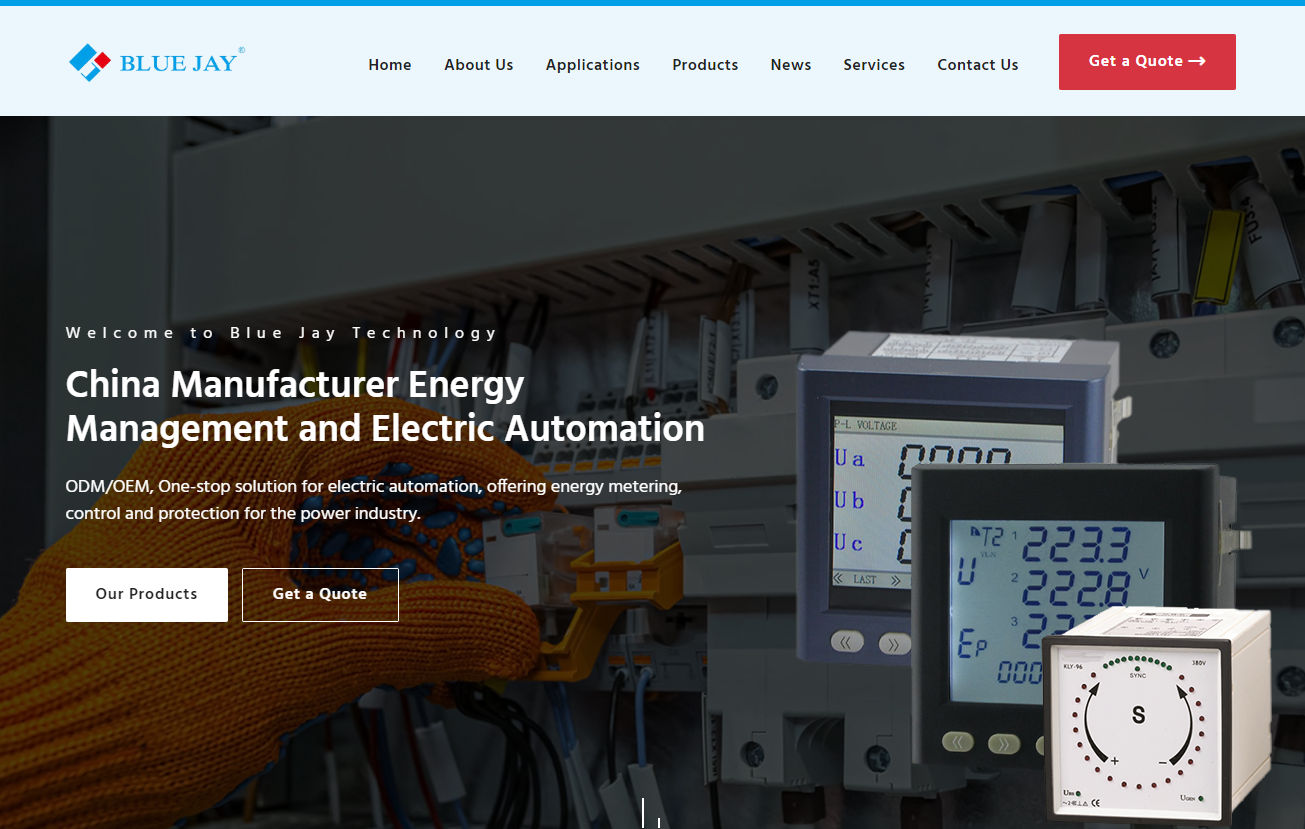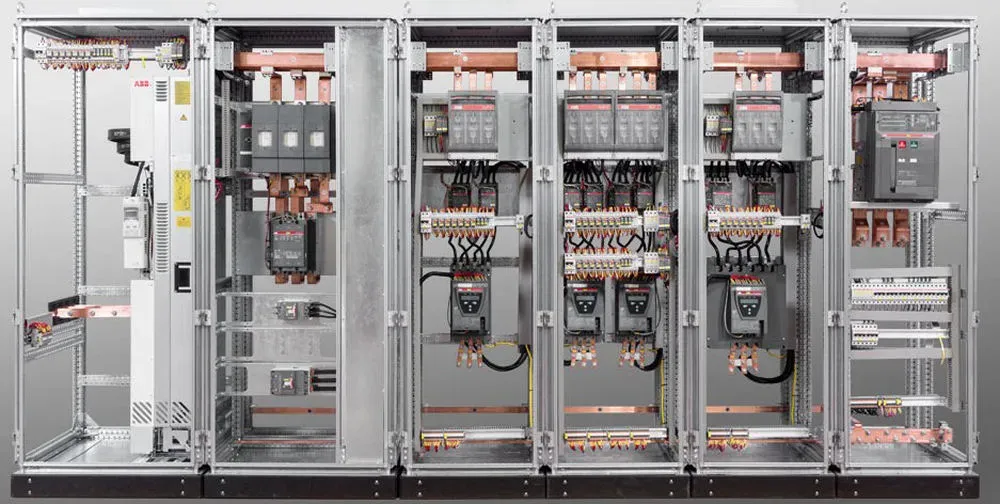The differential pressure transmitter working principle is to use the pressure difference between two points in the system to cause the displacement or deformation of sensitive components (such as diaphragms, bellows, etc.), and then convert this displacement or deformation into a signal that can reflect the differential pressure. size standard signal output. Specifically, its working principle includes the following steps:
1. Sensing pressure difference: A differential pressure transmitter is connected to the system through two measurement interfaces (such as pipes, vessels, etc.) and is exposed to the pressure difference between these two interfaces. This pressure difference can be caused by media such as liquid, gas, or steam in the system.
2. Cause displacement or deformation: The pressure difference acts on the sensitive components of the differential pressure transmitter, such as diaphragms or bellows, causing displacement or deformation. The magnitude of this displacement or deformation is directly proportional to the pressure difference in the system.
3. Convert into electrical signals: The differential pressure transmitter is equipped with a sensor or conversion mechanism to convert the displacement or deformation of the sensitive element into an electrical signal. This conversion can be based on different principles, such as resistance, capacitance, inductance, etc.
4. Output standard signal: After the converted electrical signal is amplified and conditioned, it is output as a standard current signal (for example, 4-20 mA) or voltage signal to represent the magnitude of the differential pressure. This output signal can be connected to a control system, display device or data acquisition device for real-time monitoring, control or recording of differential pressure data.
3 common differential pressure transmitter working principle
This part will introduce the differential pressure sensor working principle from diaphragm differential pressure transmitter, liquid column differential pressure transmitter, and servo differential pressure transmitter.
Diaphragm differential pressure transmitter working Principle

Diaphragm differential pressure transmitter is the most widely used differential pressure transmitter. Here’s how it works:
Pressure input: Apply the two measured pressures to the two pressure chambers of the differential pressure transmitter respectively.
Diaphragm deformation: The pressure difference on both sides causes the diaphragm to deform, and the amount of deformation is proportional to the pressure difference.
Displacement conversion: The deformation of the diaphragm is converted into mechanical displacement through a lever mechanism or other transmission mechanism.
Electrical signal output: Mechanical displacement is converted into electrical signals through sensors (such as potentiometers, differential transformers, etc.).
Signal processing: After amplification, filtering, etc., the electrical signal is converted into a standard 4-20mA current signal for output.
Liquid column differential pressure transmitter working principle

The working principle of the liquid column differential pressure transmitter is as follows:
Pressure input: Apply the two measured pressures to the two pressure chambers of the differential pressure transmitter respectively.
Liquid column height change: The pressure difference causes the height of the liquid column connecting the two pressure chambers to change, and the height change is proportional to the pressure difference.
Float or magnet induction: Changes in the height of the liquid column are converted into electrical signals through a float or magnet induction device.
Signal processing: After amplification, filtering, etc., the electrical signal is converted into a standard 4-20mA current signal for output.
Servo differential pressure transmitter working principle

The working principle of the servo differential pressure transmitter is as follows:
Pressure input: Apply the two measured pressures to the two pressure chambers of the differential pressure transmitter respectively.
Servo mechanism moves: The pressure difference causes the servo mechanism to move, and the amount of movement is proportional to the pressure difference.
Displacement conversion: The movement of the servo mechanism is converted into mechanical displacement through a linkage mechanism or other transmission mechanism.
Electrical signal output: Mechanical displacement is converted into electrical signals through sensors (such as potentiometers, differential transformers, etc.).
Signal processing: After amplification, filtering, etc., the electrical signal is converted into a standard 4-20mA current signal for output.
Conclusion
These three common differential pressure transmitters have their characteristics in terms of working principles, but they all convert the measured pressure difference into electrical signal output in different ways for monitoring and controlling pressure changes in industrial processes. The diaphragm differential pressure transmitter measures the pressure difference through the deformation of the diaphragm; the liquid column differential pressure transmitter uses the height change of the liquid column to reflect the pressure difference; and the servo differential pressure transmitter uses the servo mechanism to reflect the pressure difference. The movement realizes the measurement of pressure difference. Whether in liquid, gas, steam, or other media, they can accurately output standard electrical signals, providing reliable data support for the control and monitoring of industrial production processes.






